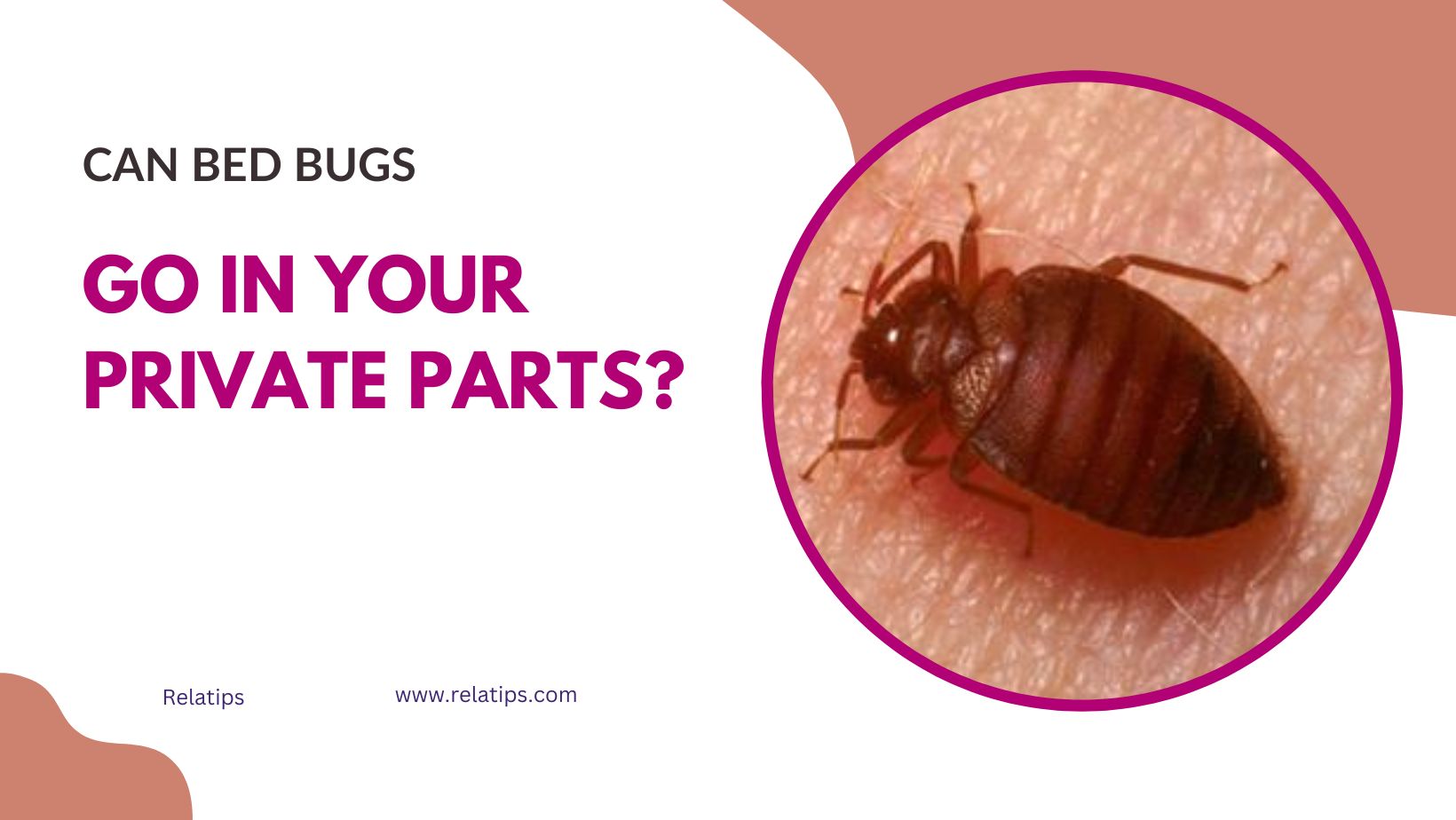Bed bugs prefer softer areas with no hairy growths for sucking blood from. Therefore, they will likely avoid your genital area due to it being hard for them to access and lacking clear skin that they can suck blood from.
Lack of oxygen and acidic fluids make life in your privates impossible for bedbugs to survive for very long. They will eventually succumb to these environments and die.
No
Bed bugs tend to prefer regions with clear, exposed skin such as the back and arms as targets for bites, while they might make their way down through an urethra to bite at least temporarily; vaginas tend to have warmer environments with higher pH levels that deter these insects.
Can Bed Bugs Access Your Bum? Bed bugs typically don’t gain entry through tight, hairy underwear since this acts as a barrier and sweat/lactic acid in your private area can deter or even kill them.
Bed bugs prefer cooler temperatures and are unaccustomed to living in warm, acidic environments like the ones found in human private areas. Furthermore, bed bugs do not do well in areas that lack oxygen – the acidity in pubic hair would likely suffocate any potential bugs trying to invade.
Wearing pajamas, using bug repellent lotion on sensitive areas and regularly washing and drying infested clothing and bedding are all effective strategies for avoiding bed bug bites. While their bites may be irritating, they do not spread disease and tend to be cosmetically distasteful rather than painful – however if your itchy bites worsen quickly you should seek medical advice immediately.
They’re Attracted to Exposed Skin
Bed bugs feed off exposed skin, especially people wearing tight-fitting clothing, as well as open wounds that have not yet healed properly. For your own safety and to minimize bites to open wounds it’s advisable to cover them with bandages or wear long pants while sleeping if you have one of these wounds on your body.
Bed bug bites can be extremely itchy, sometimes leading to an allergic skin reaction similar to hives or rashes. While bed bug bites typically appear on arms, legs and neck areas of the body, they can appear anywhere on any part of it if the bed bug population increases significantly. These itchy bites may also result in infection so using anti-itch cream such as Calamine Lotion or another anti-itch creams should help provide temporary relief from itching – picking at them may result in further spreading iterations resulting in infection which should be avoided as scratching will only worsen iterations of bedbug infestation! Scratching the bites may spread the infection further and this must be avoided at all costs to protect from possible more serious infection from spreading further outbreak.
An infestation of bed bugs should not necessarily signify sexual misconduct or impropriety. While the popular misconception holds that they only bite those sleeping naked, bed bugs tend to target those with exposed chest and abdominal skin more.
Thus, those wearing tight underwear may still be bitten, but bed bugs won’t reach their private parts due to preferring hairless regions instead of shaving their skin shaven or shaving their pubic lice much more likely to infest those wearing underpants compared to those not donning any at all. It should also be noted that pubic lice are much more prevalent among those who do wear underpants compared to those who don’t.
They Can’t Stay There for Long
Bed bugs prefer cooler places to live, making the genital area an unlikely habitat for them. Furthermore, its highly acidic environment makes survival nearly impossible; and vaginal fluids contain both lactic acid and hydrogen peroxide which will kill bed bugs upon contact with them.
Bed bugs typically prefer areas like the backs of arms and thighs with clear skin where they can quickly suckle blood before making their escape. Bed bugs will target these places because this provides easy access for them to sucking it up before moving on their journey.
Be cautious when handling items infested with bed bugs, particularly clothing and shoes. Wash or dry clean these immediately upon leaving an infested dwelling and don’t bring bags and coats home from there as these could transport bed bugs to other rooms or apartments in your home.
Wearing pants, sleeping in pajamas and using a blanket when sleeping can all help keep bed bugs at bay in your bedroom and prevent symptoms associated with an infestation. If you suspect there may be bed bug problems at your residence, get in touch with an exterminator as soon as possible to protect your safety and get rid of these pests quickly.
They’re Attracted to Hair
Bed bugs don’t normally live in hair; rather, they prefer moving between clothing or furniture items and preferentially hide in areas that people rarely enter or pass by – like behind headboards and mattresses.
Flat bodies enable bed bugs to slip easily between mattresses and box springs or seams of mattress covers, or inside bags left lying on the floor. You won’t usually spot them until they begin biting you – sometimes without warning and possibly leading to infection if scratched too often!
While bed bugs may crawl into hair to feed off of people’s blood, it’s highly unlikely they will make yours their home. Even for people who are very bald, the roots of their hair provide insufficient camouflage, temperature regulation and humidity control for the pests to successfully incubate their eggs in.
Hair follicle bases offer an uninviting environment for bed bug eggs due to a lack of protective crevices, anchoring surface stability and sufficient food supplies. Hair could only provide temporary shelter to bed bugs when someone on their period produces sufficient body heat that attracts them – providing no other shelter options exist for bedbugs to hide in.

